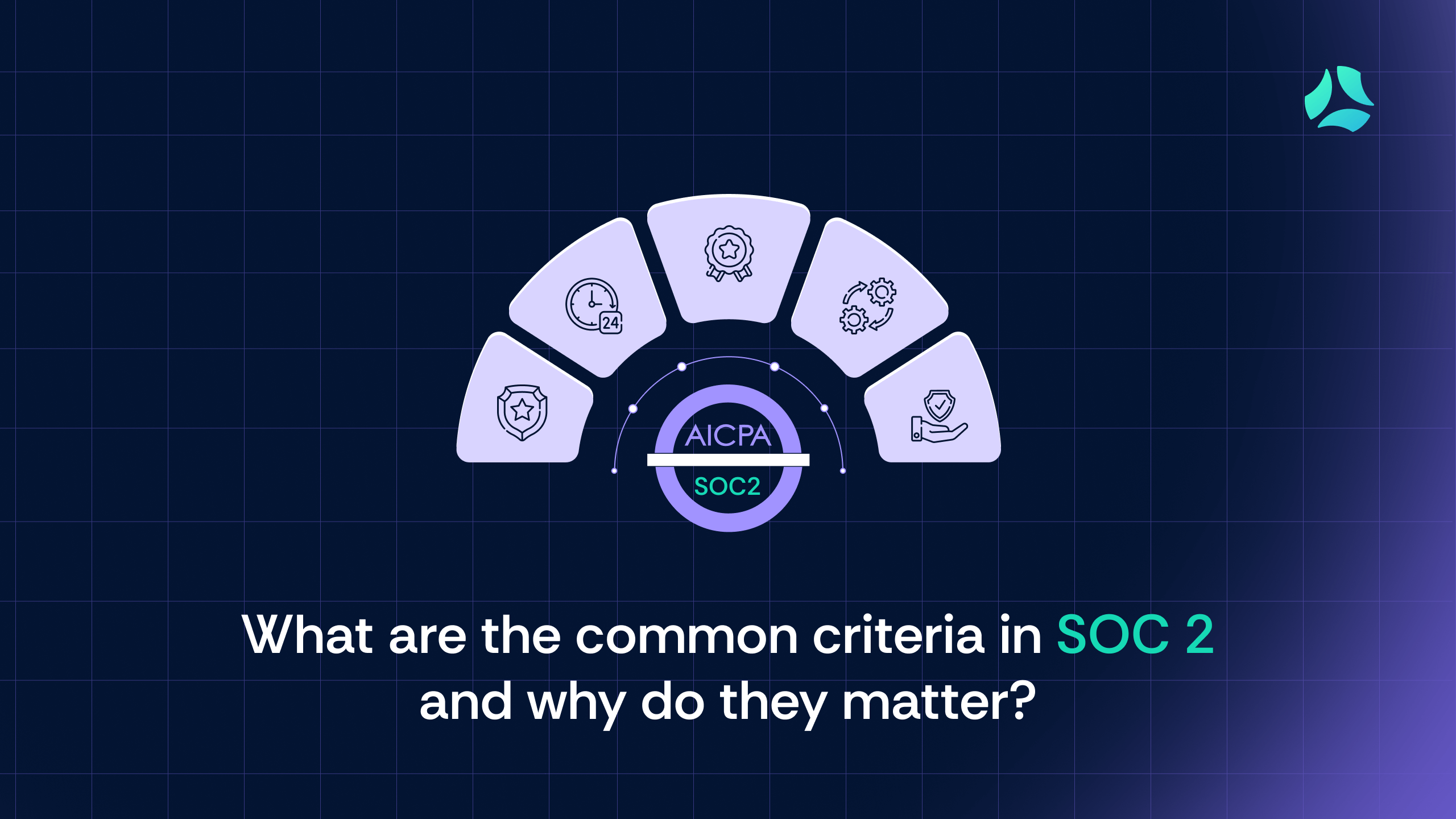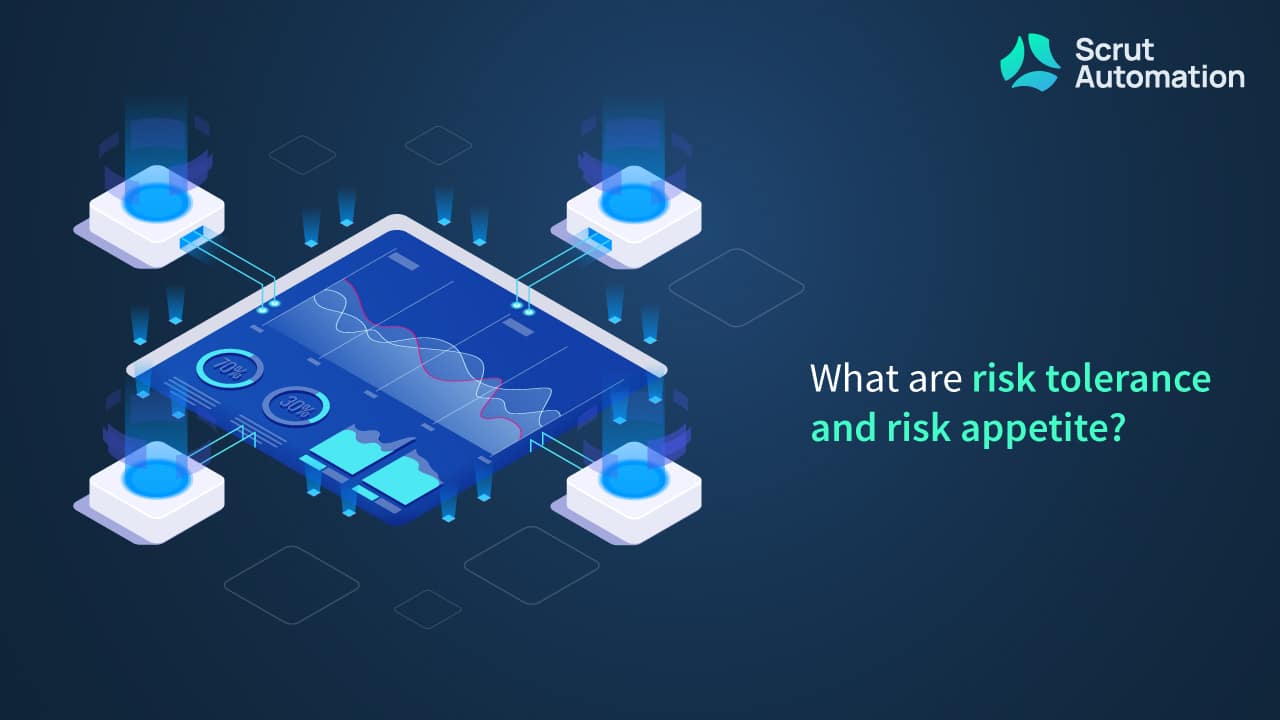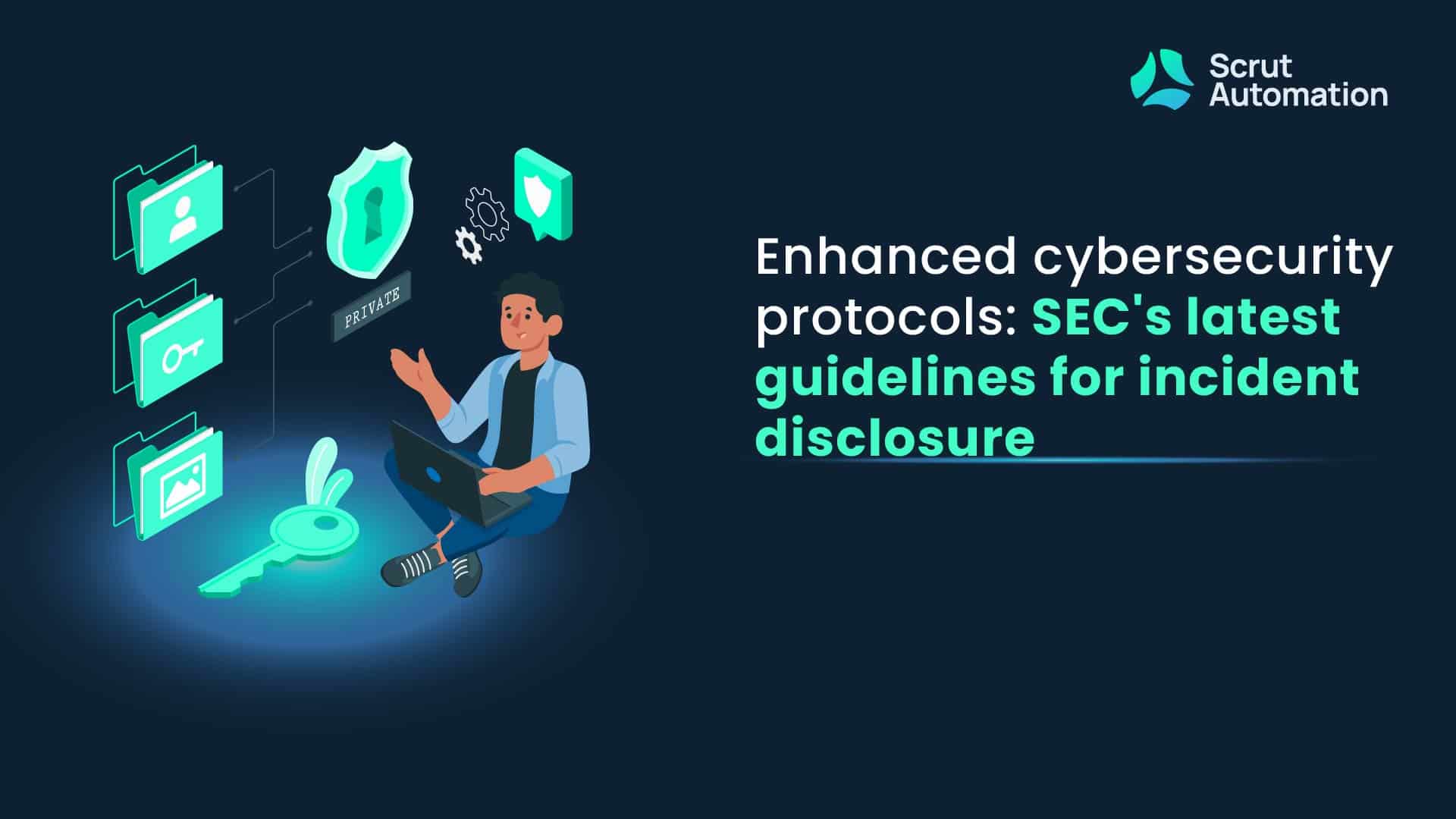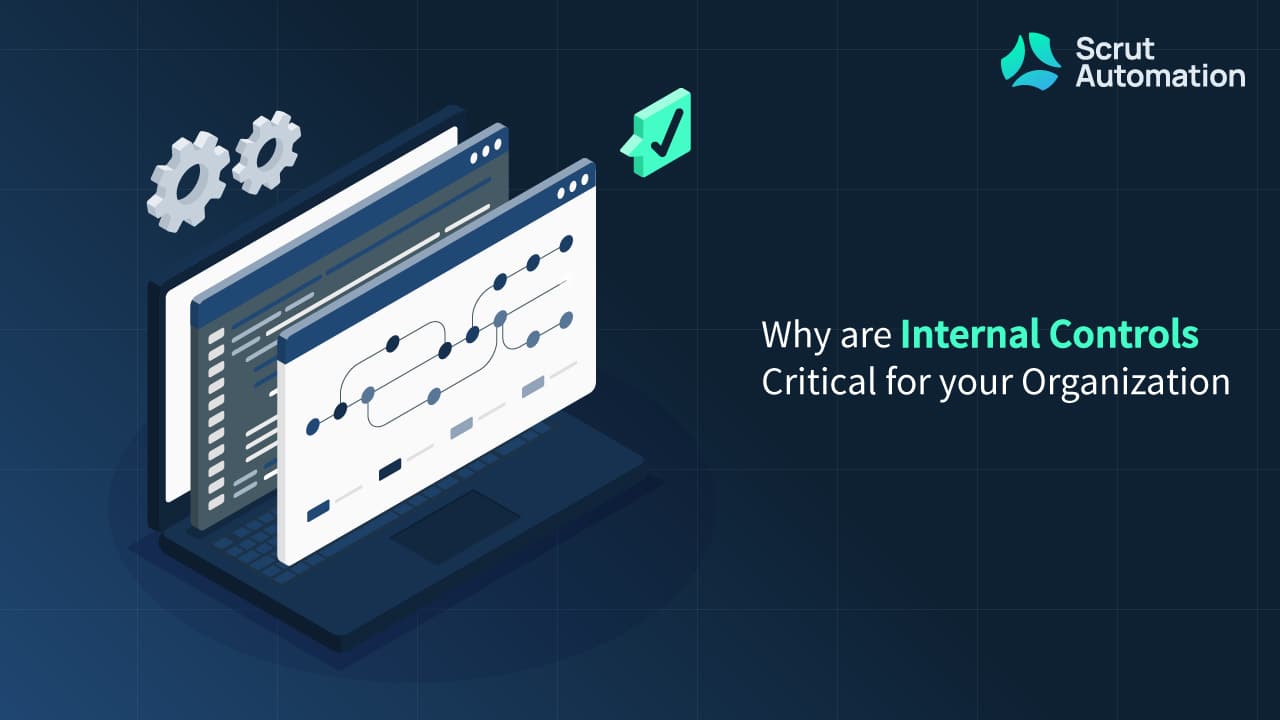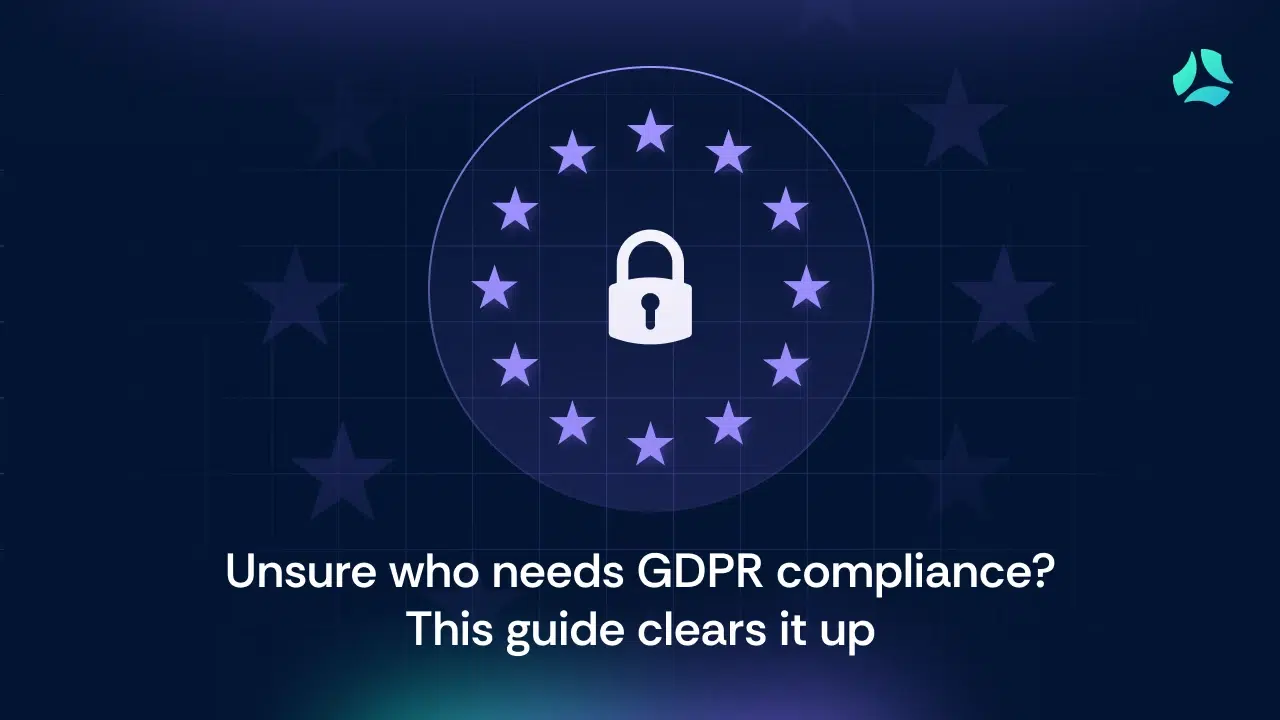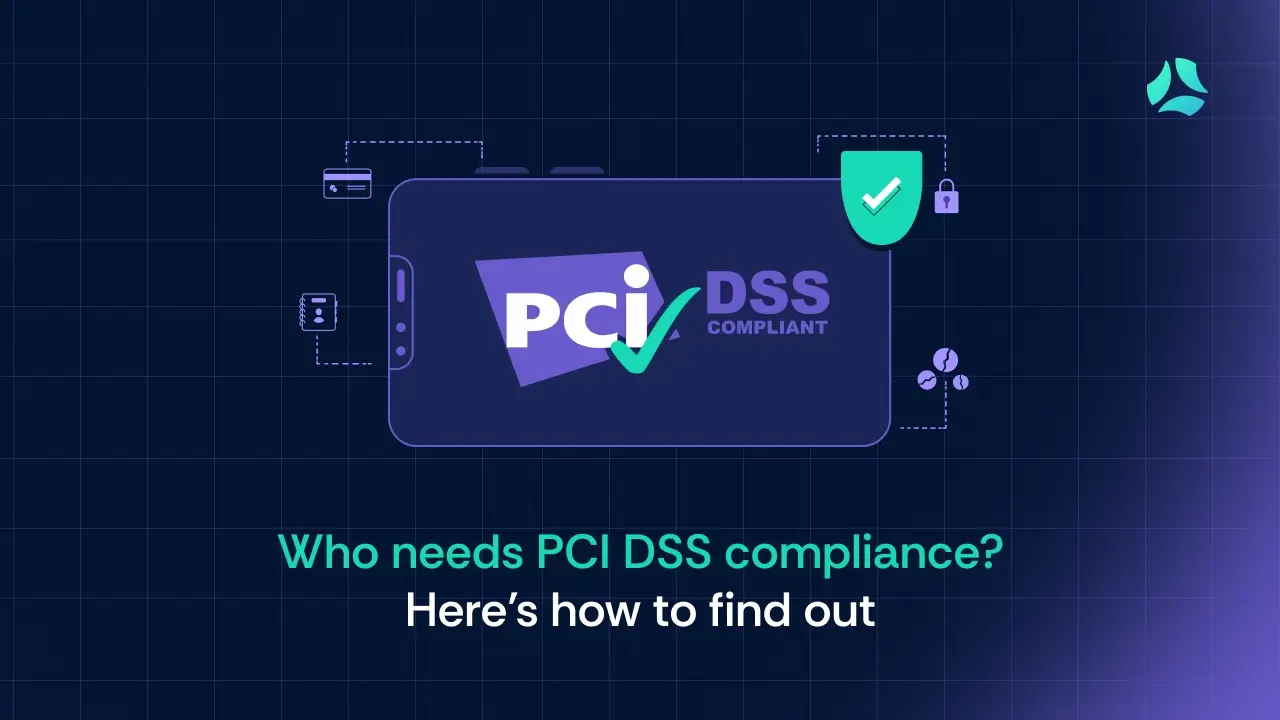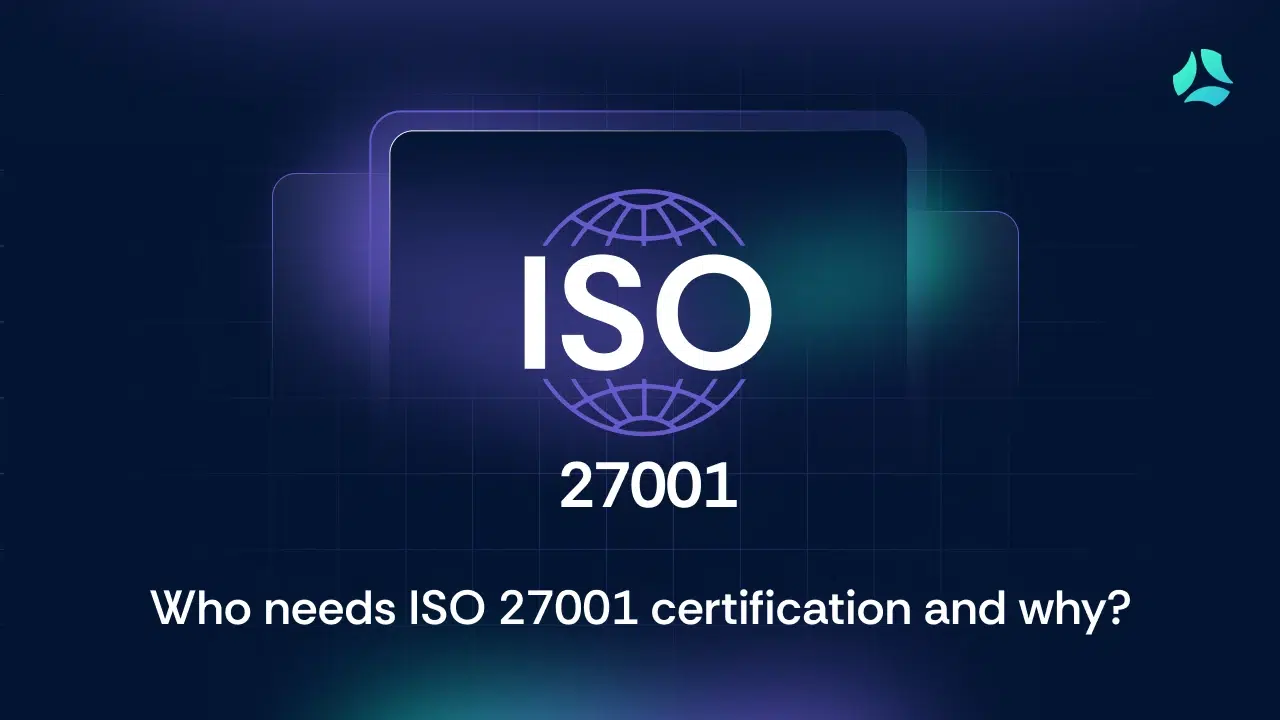In today’s digital age, safeguarding sensitive data isn’t just an IT concern—it’s a business imperative. For CEOs, business leaders and security experts, maintaining customer trust and meeting compliance requirements are crucial too .
One key element in achieving this is understanding and implementing the Common Criteria in SOC 2. But what exactly are these criteria, and why should they matter to you and your business?
What is SOC 2 Common Criteria List?
The Common Criteria are a collection of controls that organizations need to implement to protect against unauthorized access, disclosure, and data breaches. They cover various aspects such as access control, monitoring, and risk management, ensuring that the systems in place are secure and reliable.
Within SOC 2, the Common Criteria is a set of standards primarily related to the Security category, which serves as the foundation for the other four criteria.
The Security TSC includes the SOC 2 Common Criteria, also known as the CC-series. These criteria are essential for protecting an organization’s systems and information from security threats.
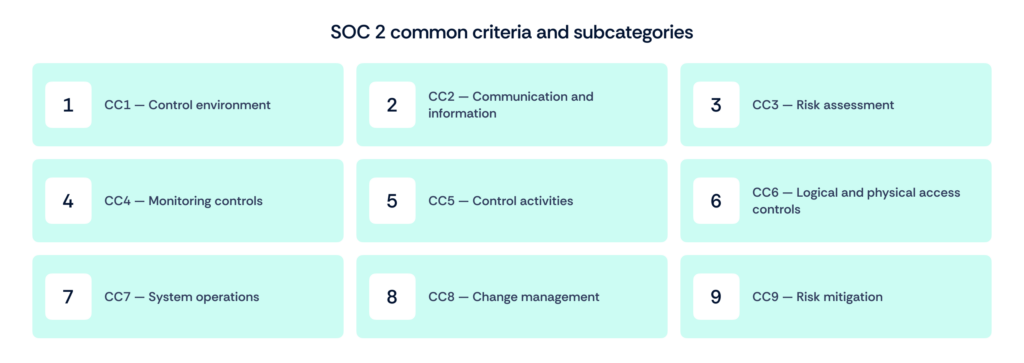
The SOC 2 common criteria list includes nine subcategories:
- CC1 — Control environment: Evaluates whether the organization prioritizes integrity and security in its operations.
- CC2 — Communication and information: Assesses whether the organization has clear policies and procedures in place and whether these are effectively communicated both internally and externally.
- CC3 — Risk assessment: Determines if the organization regularly assesses risks and monitors the impact of changes on these risks.
- CC4 — Monitoring controls: Evaluates the effectiveness of controls through regular monitoring and communication of their performance.
- CC5 — Control activities: Examines the processes and technologies in place to mitigate risks and ensure compliance with security standards.
- CC6 — Logical and physical access controls: Focuses on how the organization controls access to data, including encryption and restrictions on physical access to servers.
- CC7 — System operations: Looks at whether the organization monitors system performance and has plans in place for incident response and disaster recovery.
- CC8 — Change management: Reviews how the organization manages changes to systems, ensuring they are tested and approved before implementation.
- CC9 — Risk mitigation: Evaluates the organization’s ability to mitigate risks through proper business processes and vendor management.
SOC 2 common criteria mapping
Many organizations pursue compliance with multiple security standards. The AICPA provides mapping for the Common Criteria against other frameworks, including ISO 27001 and GDPR.
Mapping SOC 2 common criteria to ISO 27001
ISO 27001 outlines requirements for establishing, implementing, maintaining, and improving an information security management system (ISMS). The majority of its controls map directly to SOC 2’s Trust Services Criteria.
Mapping SOC 2 common criteria to GDPR
The GDPR focuses on protecting EU citizens’ personal data rights. Many of its requirements overlap with SOC 2’s criteria, especially in the areas of privacy and data protection.
Scrut simplifies compliance by mapping multiple artifacts to common frameworks, streamlining workflows for organizations pursuing multiple certifications. Additionally, Scrut integrates with various tools to automate data collection and monitoring, further easing the compliance process.
Also read: 8 key differences between SOC 2 and ISO 27001
Benefits of SOC 2 common criteria mapping

Mapping SOC 2 common criteria to other standards, such as ISO 27001 and GDPR, provides several important benefits:
1. Streamlined implementation:
By aligning SOC 2 criteria with ISO 27001 and GDPR, organizations can leverage existing security controls and processes, potentially speeding up the implementation of these standards. This mapping reduces redundant efforts and enables a more efficient path to compliance.
2. Enhanced efficiency:
Common criteria mapping helps organizations avoid duplicative work by integrating multiple compliance frameworks. This can lead to more efficient resource utilization, as organizations can address overlapping requirements through a unified approach.
3. Cost savings:
Aligning SOC 2 with other standards can lead to significant cost savings. By streamlining processes and reducing the need for separate compliance initiatives, organizations can lower both direct compliance costs and indirect expenses associated with maintaining multiple systems.
4. Reputation boost:
Achieving compliance with multiple recognized standards through common criteria mapping can enhance an organization’s reputation. It demonstrates a robust commitment to security and data protection, which can build trust with clients and partners.
5. Regulatory alignment:
Mapping SOC 2 criteria to GDPR ensures that privacy and data protection requirements are met, facilitating smoother interactions with regulatory bodies and helping avoid potential legal issues. This alignment also simplifies audits and reporting by providing a clear framework for meeting various regulatory demands.
Also read: SOC 2 audit keys to success
Why do SOC 2 common criteria matter to your business?
The Common Criteria aren’t just about security; they also encourage businesses to adopt processes that enhance overall operational efficiency. By implementing these controls, your company can streamline processes, reduce redundancies, and improve the overall reliability of your systems.
From a CEO’s perspective, this means better resource allocation, improved productivity, and a more agile organization that can quickly adapt to changing market conditions.
CC1: Security policy
Establishing a robust security policy ensures your organization has a clear, documented framework for protecting data and managing risks, enhancing overall security posture.
CC2: Organization of security
Proper organization of security responsibilities and resources streamlines your security management, ensuring that critical security functions are effectively assigned and managed.
CC3: Asset management
Effective asset management ensures that all information assets are identified, classified, and protected, reducing the risk of data breaches and loss.
CC4: Human resources security
Securing human resources through thorough background checks and training minimizes the risk of insider threats and ensures employees understand their security responsibilities.
CC5: Physical and environmental security
Implementing physical and environmental security controls protects your organization’s infrastructure from physical threats and ensures the safety of data and hardware.
CC6: Communications and operations management
Managing communications and operations effectively helps in maintaining the integrity and availability of systems, preventing operational disruptions and data mishandling.
CC7: Access control
Enforcing strong access controls ensures that only authorized individuals can access sensitive data, reducing the risk of unauthorized access and data breaches.
CC8: Information systems acquisition, development, and maintenance
Integrating security into the acquisition, development, and maintenance processes ensures that systems are designed and maintained with security in mind, protecting against vulnerabilities.
CC9: Business continuity management
Having a solid business continuity plan ensures your organization can quickly recover from disruptions, maintaining operations and protecting data integrity in times of crisis.
Also read: SOC 2 Trust Services Criteria
Business use cases for common criteria
| Common Criteria (CC) | Description | Business Use Case |
| CC1: Security Policy | Establishes a comprehensive security policy. | A fintech company develops a detailed security policy to safeguard customer financial data and comply with industry regulations. |
| CC2: Organization of Security | Defines security roles and responsibilities. | A healthcare organization assigns specific security roles to ensure compliance with HIPAA and effective data protection. |
| CC3: Asset Management | Manages and protects information assets. | An e-commerce platform categorizes and secures customer payment information to prevent data breaches and fraud. |
| CC4: Human Resources Security | Ensures secure hiring and training practices. | A tech firm implements background checks and security training for new employees to reduce insider threats. |
| CC5: Physical and Environmental Security | Secures physical locations and infrastructure. | A data center installs access controls and surveillance systems to protect against unauthorized physical access and environmental hazards. |
| CC6: Communications and Operations Management | Manages daily operations and communications securely. | An online service provider implements operational controls to monitor and secure network communications and system performance. |
| CC7: Access Control | Controls access to information and systems. | A cloud service provider uses multi-factor authentication and role-based access controls to ensure only authorized personnel can access sensitive data. |
| CC8: Information Systems Acquisition, Development, and Maintenance | Integrates security into system lifecycle. | A software development company incorporates security testing and reviews into its software development lifecycle to prevent vulnerabilities. |
| CC9: Business Continuity Management | Ensures recovery and continuity plans are in place. | A financial institution develops a comprehensive disaster recovery plan to ensure continuity of services and data integrity during system outages. |
How Scrut can help automate SOC 2 compliance process?
Understanding and implementing the Common Criteria in SOC 2 is not just a technical requirement—it’s a business strategy that can protect your company from risks, enhance operational efficiency, and build customer trust. As a CEO, ensuring that your business meets these criteria is crucial for long-term success.
Navigating the complexities of SOC 2 compliance, including the implementation of the Common Criteria, can be challenging. This is where Scrut’s platform comes in.
Learn how ActHQ landed deals with enterprise clients much quicker with Scrut. Find out how they saved 96 hours across compliances, increased customer retention, accelerated sales cycles, and enhanced employee security and compliance. Read the complete case study
Our platform provides automated monitoring, policy management, and evidence collection, ensuring that your business stays on top of its compliance obligations. With Scrut, you can easily track your progress, identify gaps, and ensure that your organization is always ready for audits.
Don’t leave your compliance to chance. Contact Scrut today to learn how our platform can help you achieve and maintain SOC 2 compliance effortlessly. Let us help you safeguard your business and build a strong, secure foundation for future growth.
Frequently Asked Questions
The SOC 2 Common Criteria are a set of nine subcategories within the Security Trust Services Criteria (TSC) that evaluate an organization’s internal controls, including control environment, risk assessment, monitoring, and access controls.
The Security Trust Services Criteria is mandatory for every SOC 2 audit because it ensures that an organization’s systems are protected against unauthorized access, vulnerabilities, and security risks.
The SOC 2 Common Criteria can be mapped to other frameworks like ISO 27001 and GDPR, helping organizations streamline compliance efforts by aligning controls across multiple standards.
Adhering to the SOC 2 Common Criteria helps businesses strengthen their security posture, enhance customer trust, ensure compliance with industry standards, and reduce the risk of data breaches and other security incidents.
Organizations can prepare for a SOC 2 audit by reviewing and strengthening their internal controls, ensuring proper communication of security policies, regularly assessing risks, and monitoring the effectiveness of their controls as outlined in the SOC 2 Common Criteria.

